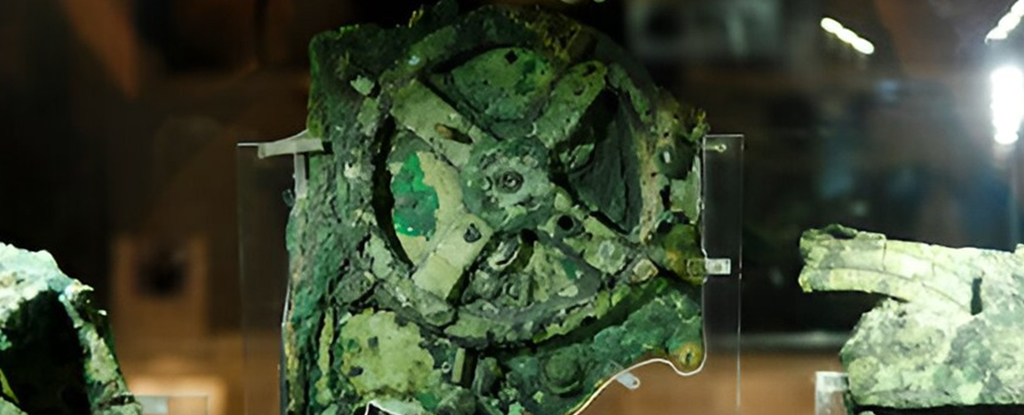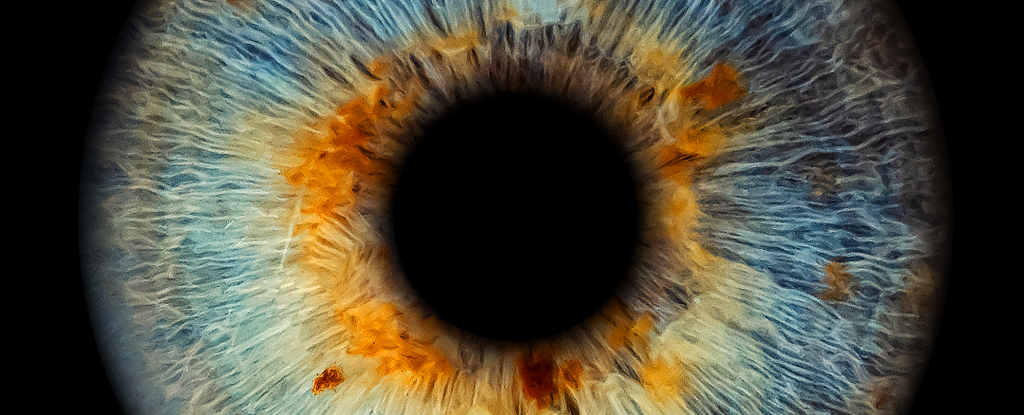Little more than a handful of corroded bronze wheels and heavily encrusted gears now remains of the ancient artifact called the Antikythera mechanism, leaving archaeologists to speculate over its functionality and purpose.
After decades of study, it’s largely agreed that the millennia-old device was something of an analog computer capable of keeping track of celestial movements. Yet with only fractured fragments to go by, researchers can only guess at the more intricate methods of its operation.
Researchers from the University of Glasgow in the UK have now used statistical modeling techniques borrowed from the study of gravitational waves to extrapolate missing details of a critical dial on Antikythera mechanism.
Specifically, they determined that the part of the device known as the calendar ring would’ve had 354 holes punched into it (matching the lunar calendar). This is much more likely that other theories positing that there were 365 or 360 holes in it.
“Previous studies had suggested that the calendar ring was likely to have tracked the lunar calendar, but the dual techniques we’ve applied in this piece of work greatly increase the likelihood that this was the case,” says astrophysicist Joseph Bayley, from the University of Glasgow.
The mechanism was discovered by divers exploring a shipwreck off the coast of Greece in 1901. While it was broken into fragments, years of study have determined that it was most probably a mechanical computer used to predict planetary positions and eclipse timings. It’s thought to date from the 1st century BCE, with some suggesting it could even be slightly older.
An earlier X-ray analysis on a partially preserved component called the front dial, or ‘calendar ring’, allowed other researchers to measure positions of closely-spaced holes which could be used for the dial’s alignment. Knowing more about the arrangement of these holes could help confirm the component’s function.
To deduce the missing details, researchers have now used bayesian statistical methods to come up with the smartest possible guess about the number of holes punched into the calendar ring. The positioning and size of the existing rings was analyzed to figure out the probabilities of what was no longer evident.
The researchers involved are astrophysicists, and the analysis techniques they deployed are more typically used to study gravitational waves. In both cases, existing data is taken and closely scrutinized to figure out what’s missing.
“It’s given me a new appreciation for the Antikythera mechanism and the work and care that Greek craftspeople put into making it,” says Bayley.
“The precision of the holes’ positioning would have required highly accurate measurement techniques and an incredibly steady hand to punch them.”
The research found a radial variation of just 0.028 millimeters (0.001 inches) per hole, meaning it was fantastically precise given the tools of the time. It tells us a little more about one of the most intriguing historical artifacts ever found.
“It’s a neat symmetry that we’ve adapted techniques we use to study the Universe today to understand more about a mechanism that helped people keep track of the heavens nearly two millennia ago,” says astrophysicist Graham Woan, from the University of Glasgow.
The research has been published in The Horological Journal.





